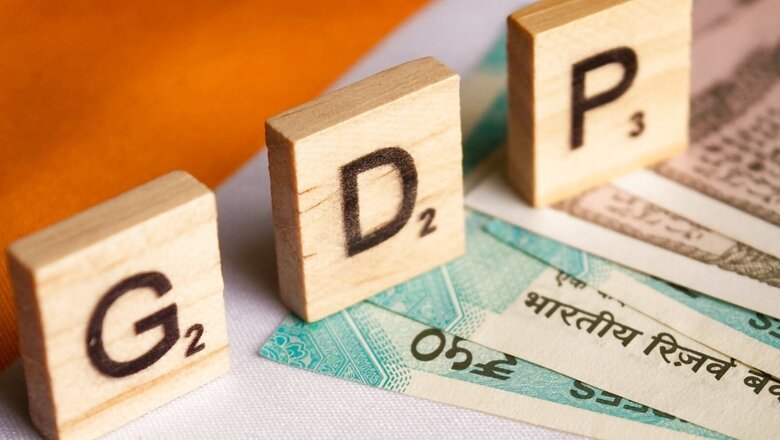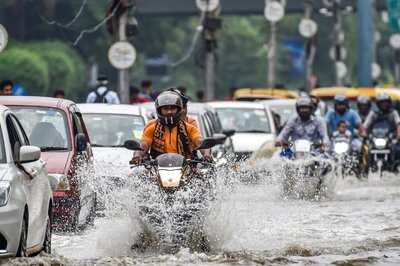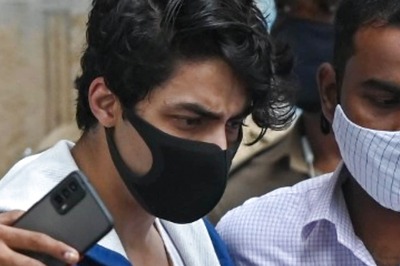
views
The finance ministry has said downside risks to growth will persist as India is integrated with the rest of the world and there no room for complacency on the inflation front. It also said India’s imports are growing faster and, therefore, financing them comfortably will have to be accorded high priority.
“Downside risks to growth will persist insofar as India is integrated with the rest of the world. Nor is there room for complacency on the inflation front as lower crops-sowing for the Kharif season calls for deft management of stocks of agricultural commodities and market prices without unduly jeopardising farm exports,” the finance ministry said in its monthly report for August.
The retail inflation in India during August rose to 7 per cent, compared with 6.71 per cent in July. It comes after three months of India’s retail inflation easing from its peak. The Reserve Bank’s MPC has hiked its consecutive repo rate thrice since May. The Consumer Price Index-based (CPI) inflation has remained above the RBI’s upper tolerance limit of 6 per cent for the eighth straight month, and has risen despite the central bank’s efforts to curb it.
The ministry said that for all the hawkish central bank rhetoric, the balance sheet of the Federal Reserve has yet to begin contracting. It is expanding more slowly. When it actually starts shrinking, it may herald a new phase of risk aversion in capital markets, impeding global capital flows.
“With its bright growth prospects, India’s imports are growing faster and, therefore, financing them comfortably will have to be accorded high priority. In winter months, heightened international focus on energy security in advanced nations could elevate geopolitical tensions, testing India’s astute handling of its energy needs so far,” it added.
India’s overall imports, both merchandise and services, in August 2022 jumped 33.15 per cent to $75.84 billion in August. The country’s total exports rose 6.75 per cent year-on-year to $57.47 billion. The country’s trade deficit widened to $18.37 billion in August 2022. The trade deficit in August 2021 had stood at $3.13 billion. The country’s exports in August 2021 stood at $53.83 billion, while its imports were at $56.96 billion.
“In these uncertain times, it may not be possible to remain satisfied and sit back for long periods. Eternal macroeconomic vigilance is the price for stability and sustained growth… Watchful and prudent fiscal management and credible monetary policy will remain essential for India to fulfil its growth aspirations. Both these pillars of public policy will enable benchmark borrowing costs for the government and the private sector to decline, facilitating public and private sector capital formation,” the report said.
India’s GDP rose 13.5 per cent in the June 2022 quarter (Q1FY23) as compared with the 20.1 per cent growth registered in Q1 2021-22. Real GDP or gross domestic product (GDP) at constant (2011-12) prices in Q1 2022-23 is estimated to attain a level of Rs 36.85 lakh crore, as against Rs 32.46 lakh crore in Q1 2021-22, showing a growth of 13.5 per cent as compared to 20.1 per cent in Q1 2021-22, according to an official statement.
Read all the Latest Business News and Breaking News here


















Comments
0 comment